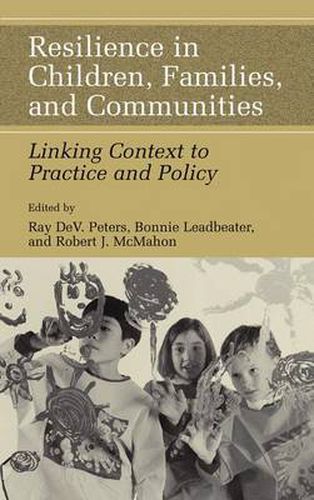Readings Newsletter
Become a Readings Member to make your shopping experience even easier.
Sign in or sign up for free!
You’re not far away from qualifying for FREE standard shipping within Australia
You’ve qualified for FREE standard shipping within Australia
The cart is loading…






This title is printed to order. This book may have been self-published. If so, we cannot guarantee the quality of the content. In the main most books will have gone through the editing process however some may not. We therefore suggest that you be aware of this before ordering this book. If in doubt check either the author or publisher’s details as we are unable to accept any returns unless they are faulty. Please contact us if you have any questions.
Despite the numerous benefits derived from major technological and medical innovations of the past century, we continue to live in a world rife with significant social problems and challenges. Children continue to be born into lives of poverty; others must confront daily their parent’s mental illness or substance abuse; still others live amid chronic family discord or child abuse. For some of these children, life’s difficulties become overwhelming. Their enduring trauma can lead to a downward spiral, until their behavioral and emotional problems become lifelong barriers to success and wellbeing.
Almost no one today would deny that the world is sometimes an inhospitable, even dangerous, place for our youth. Yet most children-even those living in high-risk environments-appear to persevere. Some even flourish. And this begs the question: why, in the face of such great odds, do these children become survivors rather than casualties of their environments? For many decades, scholars have pursued answers to the mysteries of resilience. Now, having culled several decades of research findings, the editors of this volume offer an in-depth, leading-edge description and analysis of Resilience in Children, Families and Communities: Linking Context to Practice and Policy.
The book is divided into three readily accessible sections that both define the scope and limits of resilience as well as provide hands-on programs that families, neighborhoods, and communities can implement. In addition, several chapters provide real-life intervention strategies and social policies that can be readily put into practice. The goal: to enable children to develop more effective problem-solving skills, to help each child to improve his or her self-image, and to define ways in which role models can affect positive outcomes throughout each child’s lifetime.
For researchers, clinicians, and students, Resilience in Children, Families and Communities: Linking Context to Practice and Policy is an essential addition to their library. It provides practical information to inform greater success in the effort to encourage resilience in all children and to achieve positive youth development.
$9.00 standard shipping within Australia
FREE standard shipping within Australia for orders over $100.00
Express & International shipping calculated at checkout
This title is printed to order. This book may have been self-published. If so, we cannot guarantee the quality of the content. In the main most books will have gone through the editing process however some may not. We therefore suggest that you be aware of this before ordering this book. If in doubt check either the author or publisher’s details as we are unable to accept any returns unless they are faulty. Please contact us if you have any questions.
Despite the numerous benefits derived from major technological and medical innovations of the past century, we continue to live in a world rife with significant social problems and challenges. Children continue to be born into lives of poverty; others must confront daily their parent’s mental illness or substance abuse; still others live amid chronic family discord or child abuse. For some of these children, life’s difficulties become overwhelming. Their enduring trauma can lead to a downward spiral, until their behavioral and emotional problems become lifelong barriers to success and wellbeing.
Almost no one today would deny that the world is sometimes an inhospitable, even dangerous, place for our youth. Yet most children-even those living in high-risk environments-appear to persevere. Some even flourish. And this begs the question: why, in the face of such great odds, do these children become survivors rather than casualties of their environments? For many decades, scholars have pursued answers to the mysteries of resilience. Now, having culled several decades of research findings, the editors of this volume offer an in-depth, leading-edge description and analysis of Resilience in Children, Families and Communities: Linking Context to Practice and Policy.
The book is divided into three readily accessible sections that both define the scope and limits of resilience as well as provide hands-on programs that families, neighborhoods, and communities can implement. In addition, several chapters provide real-life intervention strategies and social policies that can be readily put into practice. The goal: to enable children to develop more effective problem-solving skills, to help each child to improve his or her self-image, and to define ways in which role models can affect positive outcomes throughout each child’s lifetime.
For researchers, clinicians, and students, Resilience in Children, Families and Communities: Linking Context to Practice and Policy is an essential addition to their library. It provides practical information to inform greater success in the effort to encourage resilience in all children and to achieve positive youth development.